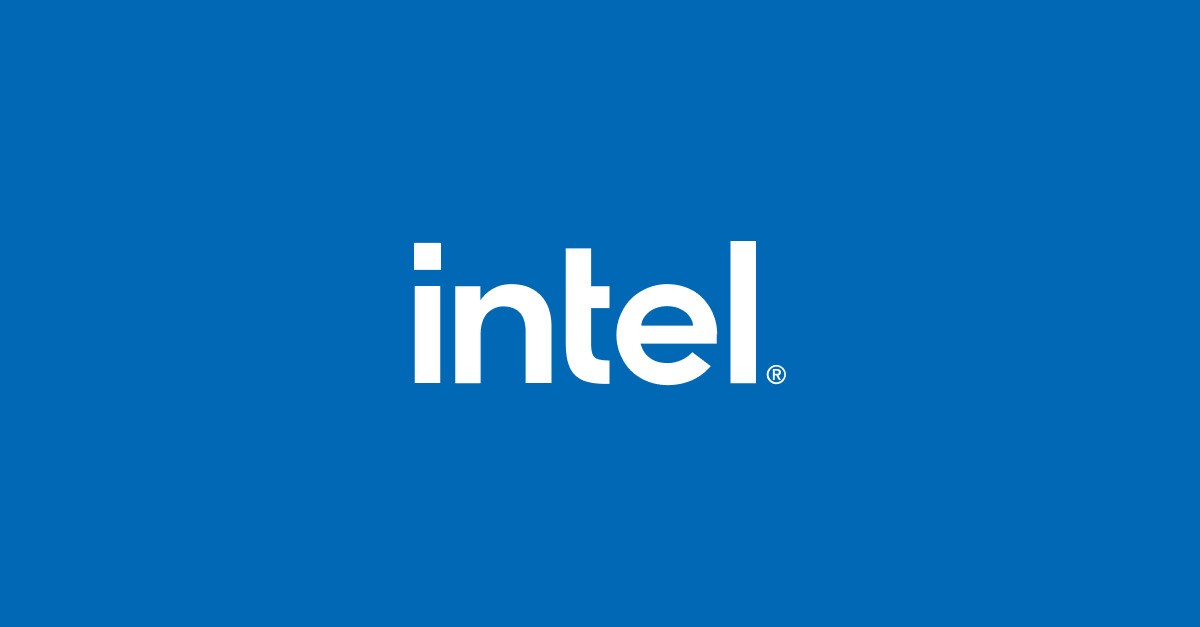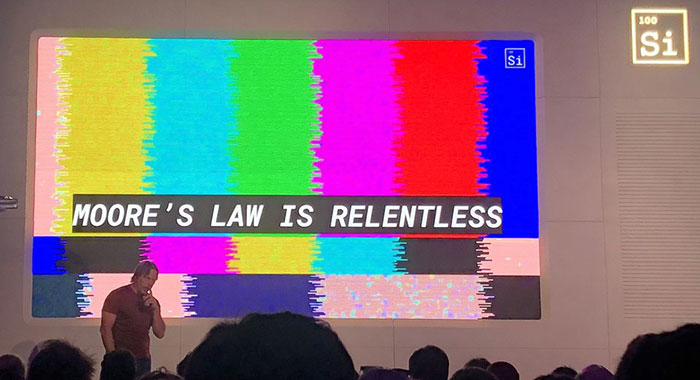@NTMBK
Sucks seeing Keller essentially hung out to dry in a presentation like that. It isn't his fault that things went this way. But hey, he took the stage, so . . . meh.
Anyway.
If anyone is surprised by the idea of Meteor Lake coming out in late 2022, well, don't be. That was actually a pretty rosy estimate that any sane person had BEFORE this announcement from Intel. Ponte Vecchio was supposed to be the pipecleaer for Intel's 7nm, permitting client and server product to launch maybe 6-9 months later. Compare this to Vega20 and Zen2 on TSMC 7nm. Same thing, right? So that put Meteor Lake in Q3 2022, give or take. That's assuming a pain-free launch of 7nm. 6 months delay off THAT, while bad, isn't catastrophic for Intel, especially since AMD seems to be dragging their heels moving onwards towards Zen4.
The real problem here is that Intel has quite-candidly told the public that 7nm EUV isn't working for them.
The LAST time Intel was (eventually) forced to mention that they had problems with a node - namely 10nm - Intel suffered a
two year delay moving from failed product (Cannonlake) to working product (Ice Lake-U). Well more like 18 month if you consider that Cannonlake was schlepped out the door unceremoniously in Q4 2017 and Ice Lake-U at least officially launched in Q2/Q3 2019.
Anyway, in "Intel does well" alternate reality, Meteor Lake reaches the market in healthy form in Q3 2022 after a successful launch of a limited number of Ponte Vecchio dGPUs using hybrid 7nm + 10nm chiplet design with internal processes only. In this reality, Meteor Lake could be as late as
drumroll please
Q1 2024.
(that's assuming Q3/Q4 2022 sees a BK-like launch of a 7nm Meteor Lake that is roughly similar in quality and volume to Cannonlake).
Yes, that's right! If we assume that Intel is just that b0rked (and why wouldn't we), they won't even be able to sell client + server CPUs based on their 7nm process until
four years from now. Consider for a moment that Intel does not presently have any client CPU plans on 10nm after Alder Lake, and does not have any DCG designs in mind for 10nm past either Sapphire Rapids or Granite Rapids (I honestly don't remember if Granite Rapids was supposed to be 7nm, but I think it was).
Intel's 10nm wafer supply is presently limited compared to 14nm. And I think it was the idea not to expand 10nm capacity too much more since it is a flawed node. So the smart plan would have been to limp along with limited 10nm capacity + expanded 14nm capacity until 7nm was ready, and then go whole-hog on that. But now that would appear to be a losing strategy. Intel has a lot of market obligations to cover. Clients demand hardware. And no, I'm not just talking about Ponte Vecchio. There are people that will want to buy Sapphire Rapids and Alder Lake. There is NO WAY that Intel can replace Cascade Lake with Sapphire Rapids and various 14nm client CPUs with Alder Lake-P/-S given their current 10nm wafer restrictions. On top of this, even if Intel does start expanding 10nm aggressively, they'll have to pull a Kaby/Coffee/Comet-like rehash strategy for their 10nm designs until 7nm is finally ready for some kind of a coherant launch in late 2023/early 2024.
So Intel is now many different kinds of screwed.
Sure, you can assume that Q3 2022 may be another Cannonlake moment, but that they can pull together 7nm faster than they "pulled together" 10nm for Ice Lake-U (never mind that 10nm continued to be flawed after that, but oh well). Maybe Intel gets a full suite of 7nm stuff out before Q1 2024. Q4 2023 maybe? Does it make much difference?
Intel had one shot, and that was to leapfrog 10nm for 7nm and hit the market hard with all those amazing designs we keep hearing about that they've had behind closed doors for so long. Meteor Lake was basically it. Meteor Lake in Q3 2022 would have been great. Q1 2023? Tolerable, I guess, especially if they could then iterate yearly and release something even better in Q1 2024. But a gimped Meteor Lake in Q3/Q4 2022 (remember: it's client-only, NOT for DCG) followed by God-only-knows what? To me, it stinks of Cannonlake Part 2, which is something Intel can not survive, not as a dominant market player and IDM.
Heads will roll. I think Swan won't last much longer.
Intel is sinking fast in pre-market trading.




